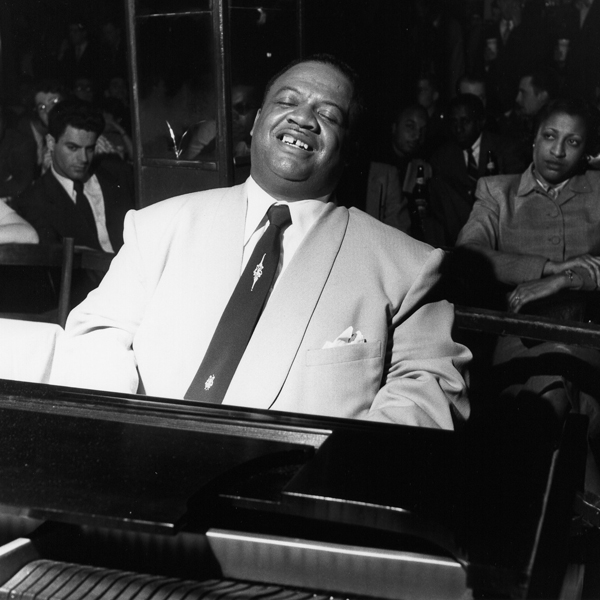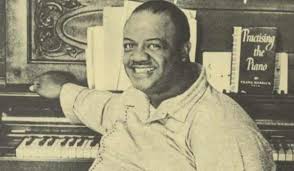Meade Lux Lewis was one of the most influential pianists in the history of boogie-woogie music. His rhythmic drive and improvisational brilliance helped shape the genre and inspire generations of musicians. Here are five fascinating facts about this legendary pianist:
1. “Honky Tonk Train Blues” Became a Boogie-Woogie Classic
One of Meade Lux Lewis’s most famous compositions, “Honky Tonk Train Blues,” was recorded multiple times throughout his career. The piece, known for its rolling left-hand bass lines and energetic right-hand melodies, became a cornerstone of the boogie-woogie style and has been covered by numerous artists over the years, cementing Lewis’s legacy in jazz and blues history.
2. He Started Out as a Self-Taught Musician
Unlike many classically trained musicians, Lewis taught himself to play piano by ear. His early influences included the recordings of Jimmy Yancey, another boogie-woogie pioneer. This self-driven approach to learning allowed Lewis to develop his distinctive, powerful style that would later define the boogie-woogie movement.
3. A Talent Discovered by John Hammond
Meade Lux Lewis’s career took a significant turn when legendary music producer and talent scout John Hammond heard his music. Hammond, who was instrumental in promoting jazz and blues musicians like Billie Holiday and Count Basie, helped Lewis gain national recognition by featuring him in the famous “From Spirituals to Swing” concert at Carnegie Hall in 1938. This exposure led to a resurgence of interest in boogie-woogie music.
4. He Experimented with the Celeste
While Lewis was best known for his work on the piano, he also experimented with the celeste, a keyboard instrument with a bell-like tone. He recorded a version of “Honky Tonk Train Blues” on the celeste, giving the piece an entirely new and unique sound. This showed his willingness to push musical boundaries and explore different textures in his performances.
5. His Music Was Featured in Early Hollywood Films
During the 1940s, Lewis’s music gained popularity beyond the jazz world, making its way into Hollywood films. His performances and compositions were featured in movies that showcased the boogie-woogie craze of the time. These appearances helped introduce boogie-woogie piano to wider audiences and solidified Lewis’s place in American musical history.
Conclusion
Meade Lux Lewis’s contributions to music extended far beyond his own recordings. His pioneering boogie-woogie piano style influenced countless musicians and played a key role in shaping blues and jazz. His legacy continues to inspire pianists and music lovers around the world.


Comments are closed